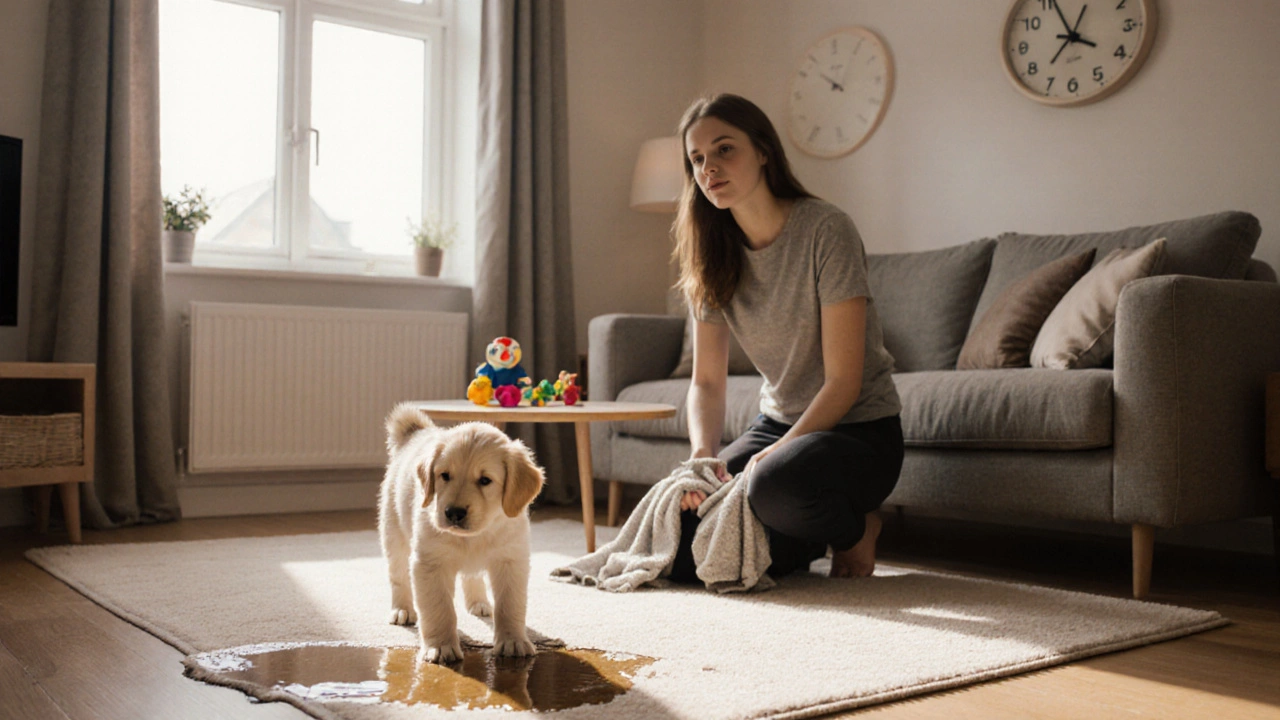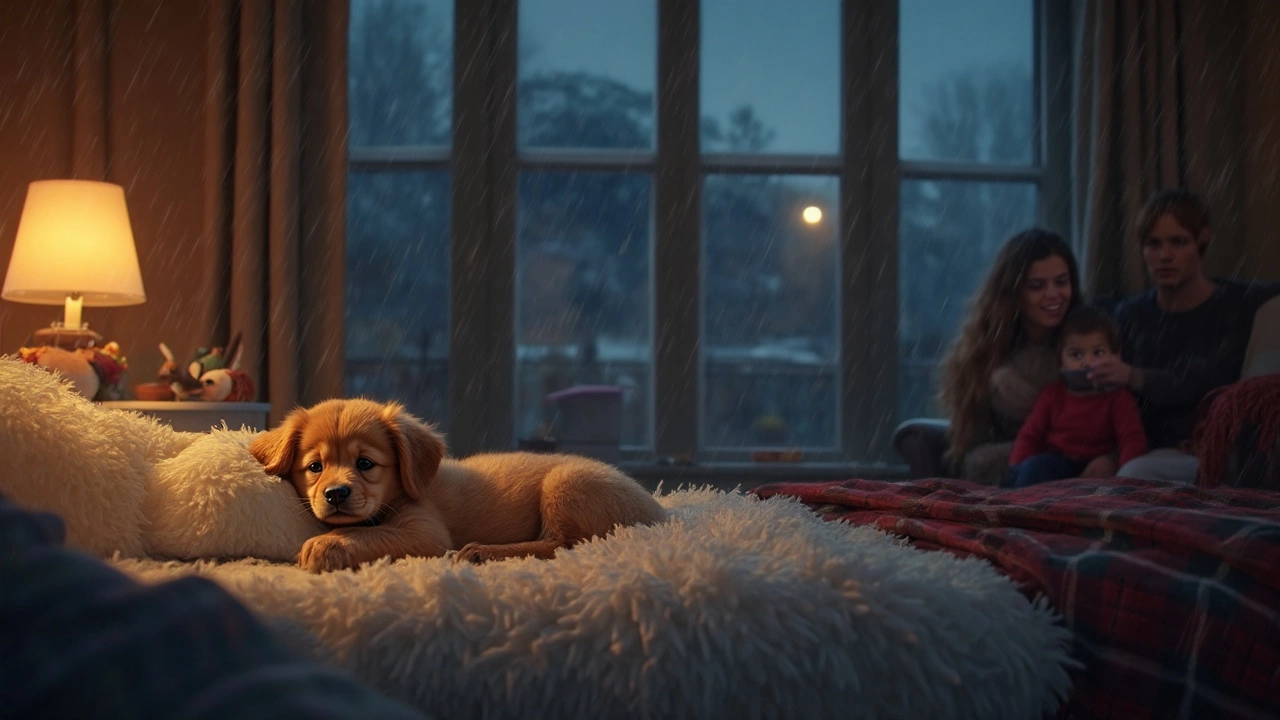Puppy Potty Training: Simple Steps for Fast Results
Got a new pup and wondering how to stop the indoor accidents? Potty training doesn’t have to be a mystery. With a few clear habits and the right schedule, you’ll see real progress in just a week or two.
Set Up the Right Environment
Pick a specific spot outside where you want your dog to go. It could be a patch of grass or a pee‑pad area if you live in an apartment. Consistency matters – always bring your puppy to the same place.
Use a crate that’s just big enough for your pup to turn around. Dogs naturally avoid soiling where they sleep, so a properly sized crate becomes a helpful potty break timer.
Keep a notebook or a phone note ready. Write down every time you take the puppy out, what time it was, and whether they went. Over a few days you’ll spot patterns – like needing a break after meals, naps, or play.
Train with Consistency
Take your puppy out first thing in the morning, after every meal, after play, and before bedtime. Those are the moments they’re most likely to need to go.
When they pee in the right spot, praise them right away with a happy tone and a quick treat. The reward has to come the instant they finish, so they link the action with the praise.
If an accident happens inside, clean it with an enzyme cleaner. Regular cleaners leave scent behind and can lure the pup back to that spot.
Limit freedom at first. Let the puppy roam one room at a time while you keep an eye on them. As they get better, gradually expand their space.
Watch for signals – sniffing, circling, or heading to the door. When you see these, head straight outside. The faster you respond, the clearer the lesson.
Patience is key. Some pups take longer, especially if they’re rescues used to indoor living. Stay calm, avoid scolding, and keep the routine steady.
After a week of regular trips, you’ll notice fewer accidents. Celebrate the wins and adjust the schedule if you see gaps. The goal is a routine that both you and your pup can rely on.
Need extra help? A small amount of puppy‑specific potty pads can bridge the gap when the weather’s bad, but keep them away from the main sleeping area to avoid confusion.
Finally, remember that every puppy is different. Some learn in three days, others need three weeks. Stick with the routine, reward the good stuff, and enjoy the growing bond with your new friend.

How to Stop a Puppy from Peeing and Pooping Inside the House
Learn a step‑by‑step method to stop your puppy from peeing and pooping inside, covering schedules, crate training, cue words, cleaning, and troubleshooting.
View more
Should I Wake My Puppy at Night to Go Potty? Simple Answers for Sleep-Deprived Owners
Are you supposed to wake your puppy at night so they won’t have accidents? Eating, sleeping, and bathroom breaks are a puppy’s full-time job, and nighttime can get tricky. This article breaks down whether you need to set those midnight alarms plus when you can finally enjoy a full night’s sleep again. Expect real tips to prevent accidents, protect your sleep, and raise a well-trained pup.
View more